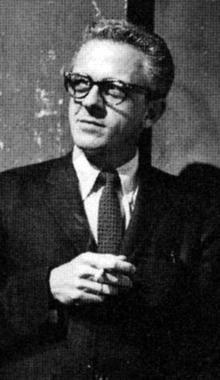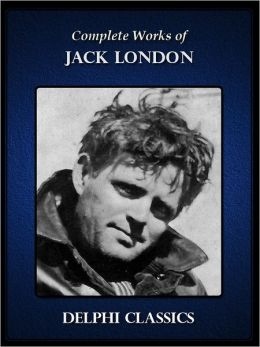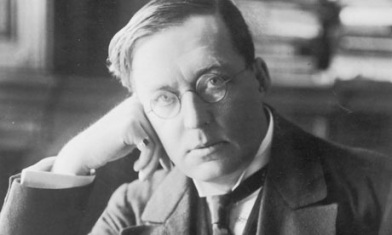Top Ten Tuesday is hosted by the wonderful folks at The Broke and the Bookish
“Top Ten Sequels I Can’t Wait to Get my Hands On” I haven’t done one of these in a while, so I thought I’d better make an effort to “keep my membership current” :-A) Then I saw this topic and thought, “No way I can come up with ten. I don’t read series!” Looking over my “Read” list on Goodreads, though, I realized that more accurate would be “I don’t finish series!” There are some I wouldn’t mind continuing with, and a few that I’m re-reading, so although I think the spirit of this week’s topic is meant more to be ‘sequels that haven’t been published yet that I’m waiting on,’ I’ll go ahead and be a rebel. In fact, that’s the only way I’d come up with ten anyway… 🙂
Here we go, from least anticipated to most anticipated:
10. The Madness Underneath (Shades of London #2) by Maureen Johnson

I found the first book in this series, “The Name of the Star,” surprisingly good. Good enough to recommend to a few friends who have now also read it and proceeded on in the series. Maybe I will too…
9. Siege and Storm (The Grisha #2) by Leigh Bardugo

The first book, “Shadow and Bone” was one I read after a gushing NY Times review by Laini Taylor (author of the confusingly similar – to me, anyway – titled, “Daughter of Smoke and Bone”). It is somewhat standard YA fare, but I found the setting intriguing, with all the Russian-sounding names and places. This one I’ll likely read, but not sure when it will reach the top of the batting order.
8. Speaker for the Dead (Ender’s Game #2) by Orson Scott Card

Probably gonna see the Ender’s Game movie here this upcoming weekend. I hadn’t gotten around to reading the original Ender’s Game until this year, but thought it was very good. Somewhat afraid that a weaker sequel might “ruin” it for me, but we’ll see. Other trusted reader friends have enjoyed the whole series, but I’m not generally a Sci-Fi/”space wars” kinda guy…
7. Catching Fire (Hunger Games #2) by Suzanne Collins

Yes, I’ve already read this series, but re-read the first one before the movie and want to do the same with book 2. Plus a gang of friends is organizing a group outing to go see the movie soon, and I’d like to be able to remember what the heck is going on… 🙂
6. Insurgent (Divergent #2) by Veronica Roth

I liked the first one well enough and am kind of curious where things end up for Tris and the Dauntless (and the other factions). Like a lot of other series on this list, this is one that I’ve recommended to some of my friends who are “recreational readers.” It has been well-liked by all so far.
5. Scarlet (The Lunar Chronicles #2) by Marissa Meyer

The first book, “Cinder,” was perhaps my favorite YA read of the year (not that I read that many), but I found the premise of having the protagonist be a cyborg to be fascinating. I even forgot she was in just a few pages! I’ve recommend this to others too and it’s been popular with them, so why not press on with the series?
4. Taran Wanderer (The Prydain Chronicles #4) by Alexander Lloyd

Another re-read. The Prydain Chronicles were a favorite of my junior high reading years. Earlier this year I started re-reading the 5 books and only made it up to book #3. I’d like to go on, though, and I remember that number 4 was a favorite back in the day… The Prydain Chronicles are kind of like a younger person’s Lord of the Rings. Fun reading for any age, though. You should check them out. THe picture above is of the actual old edition I have from the 70s(?)
3. The Daylight War (The Demon Cycle #3) by Peter Brett

The first two books were awesome. I don’t often read this genre, but I found the characters in this series to be very well done. And the world plagued by demons was awesome. I couldn’t wait for this one to come out when I finished #2, but when it finally did, I didn’t get to it right away and still haven’t. I have no idea why. I wrote an earlier post praising this series. You can find it here.
2. The Shift Omnibus (prequel to the Wool Omnibus) by Hugh Howey

Are “prequels” allowed for this list? I’m assuming they are – as long as they are published after the original. The Wool Omnibus was a surprise favorite read of earlier this year for me. I always meant to write an epic post praising it, but never have (story of my blogging life). Maybe it’s time to do that too. I’ve kind of been waiting for the opportunity for a significant stretch of uninterrupted reading time/days where I could read this one in just a few days, like I did the first one…
1. Whatever “new” J.D. Salinger work comes out…

This is the only one on the list that I really “can’t wait” to get my hands on. This was BIG news when it came out recently that previous unpublished works will be released. Salinger’s “The Laughing Man” was one of my favorite short story reads of 2013.
Well, that’s it for me. What are you unable to wait for?






































